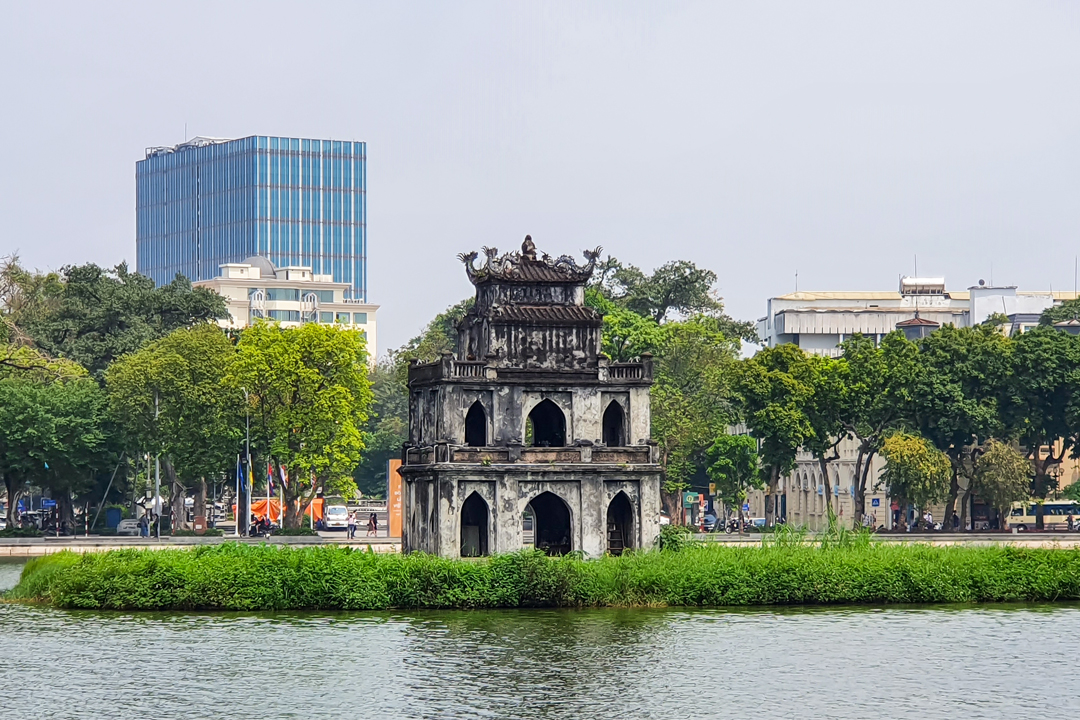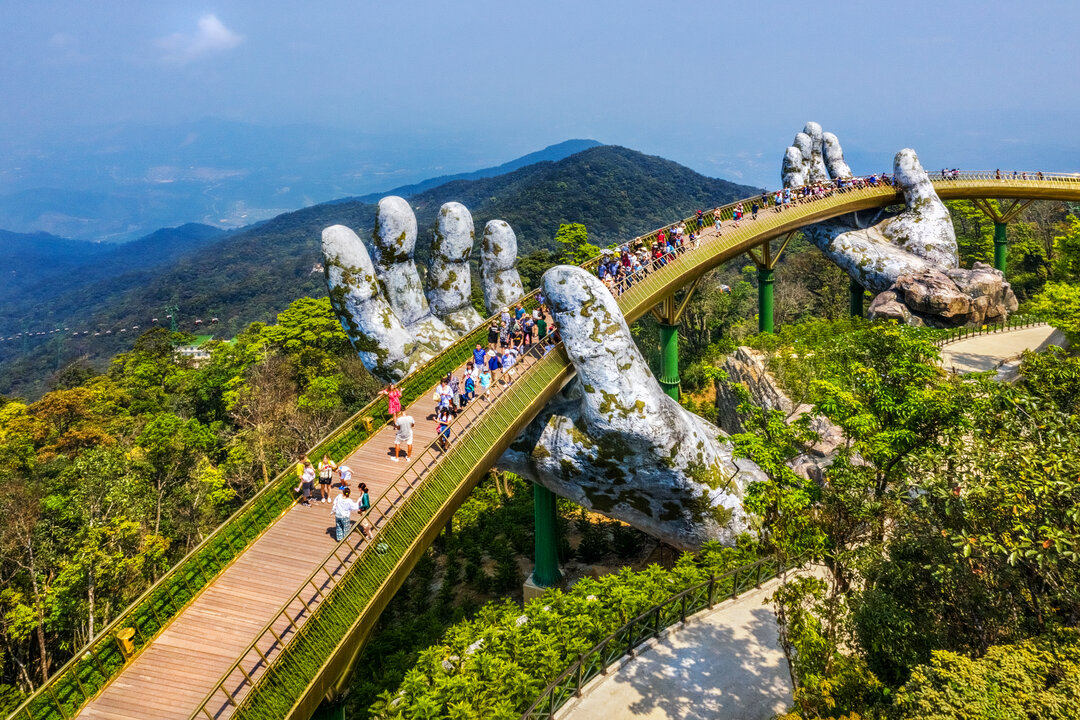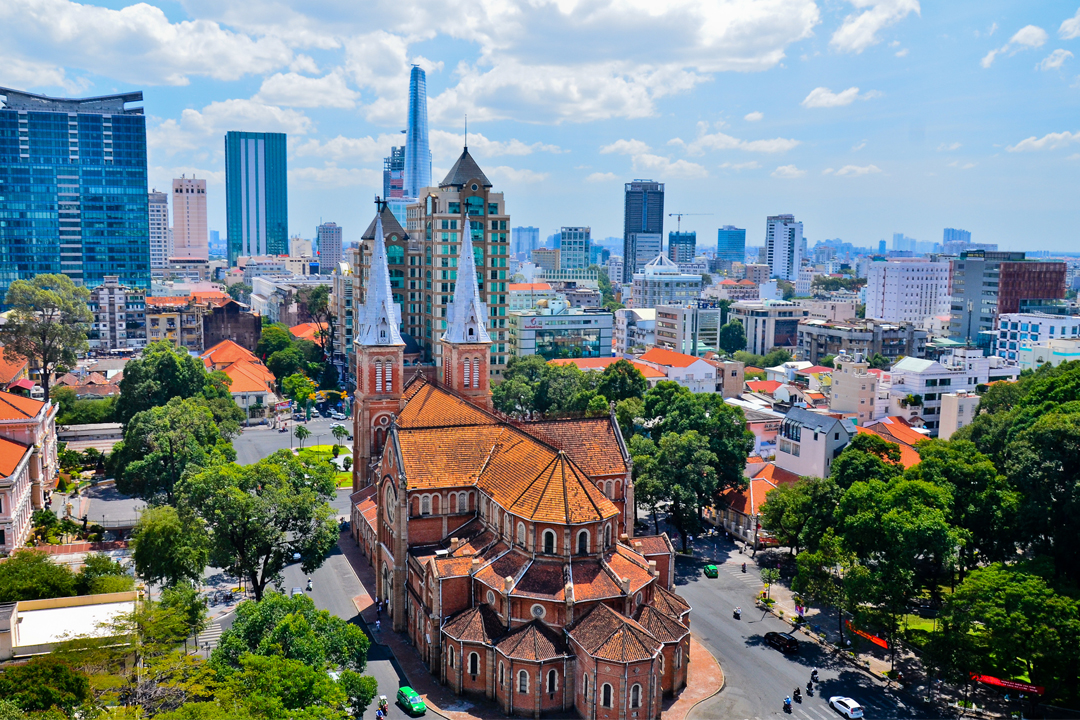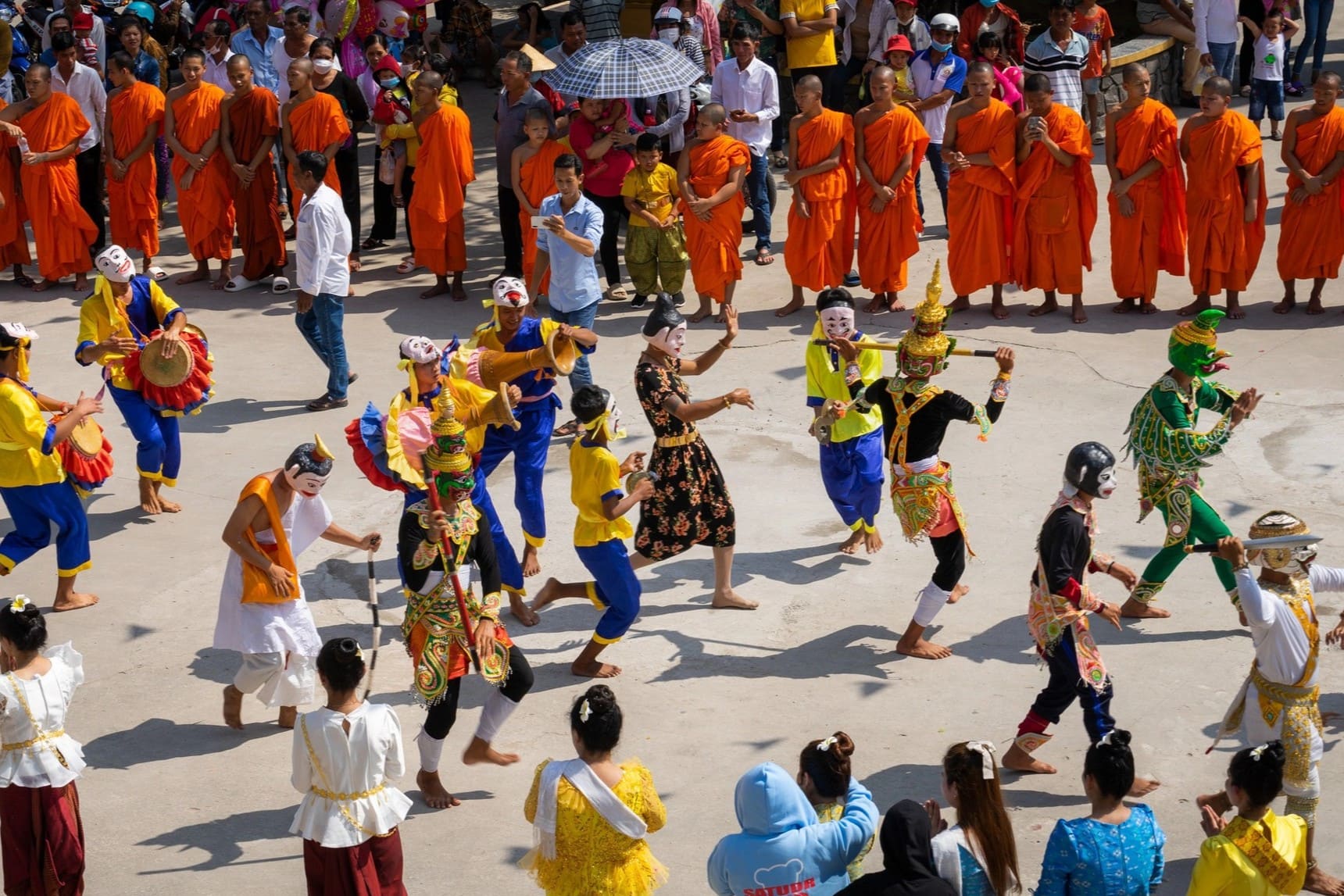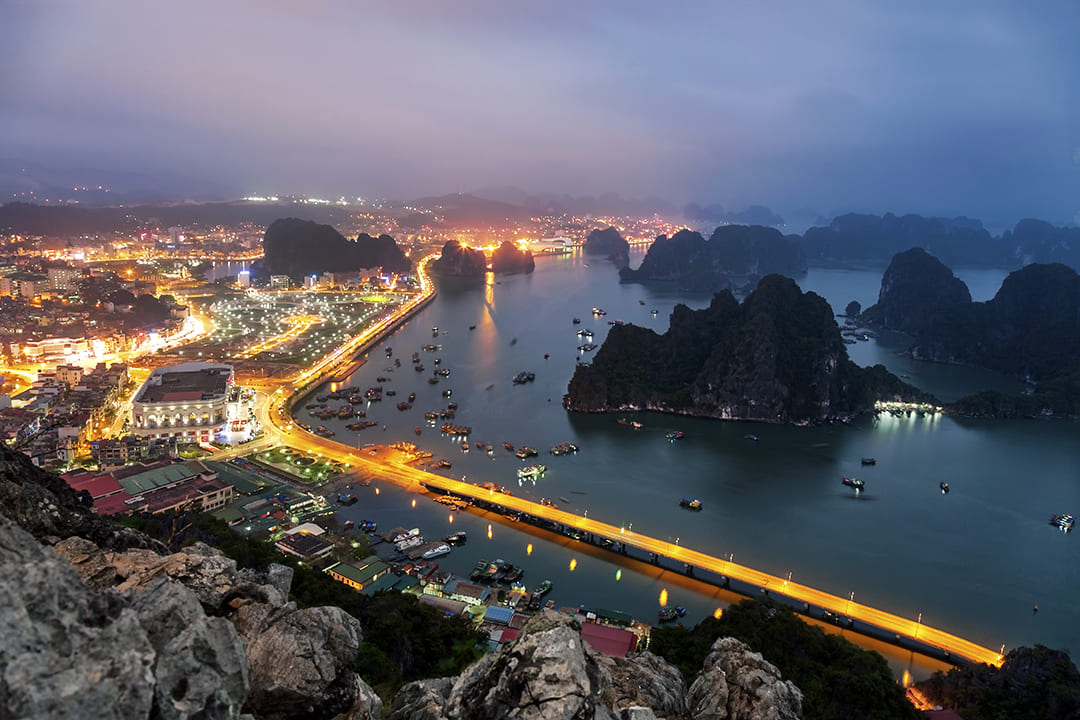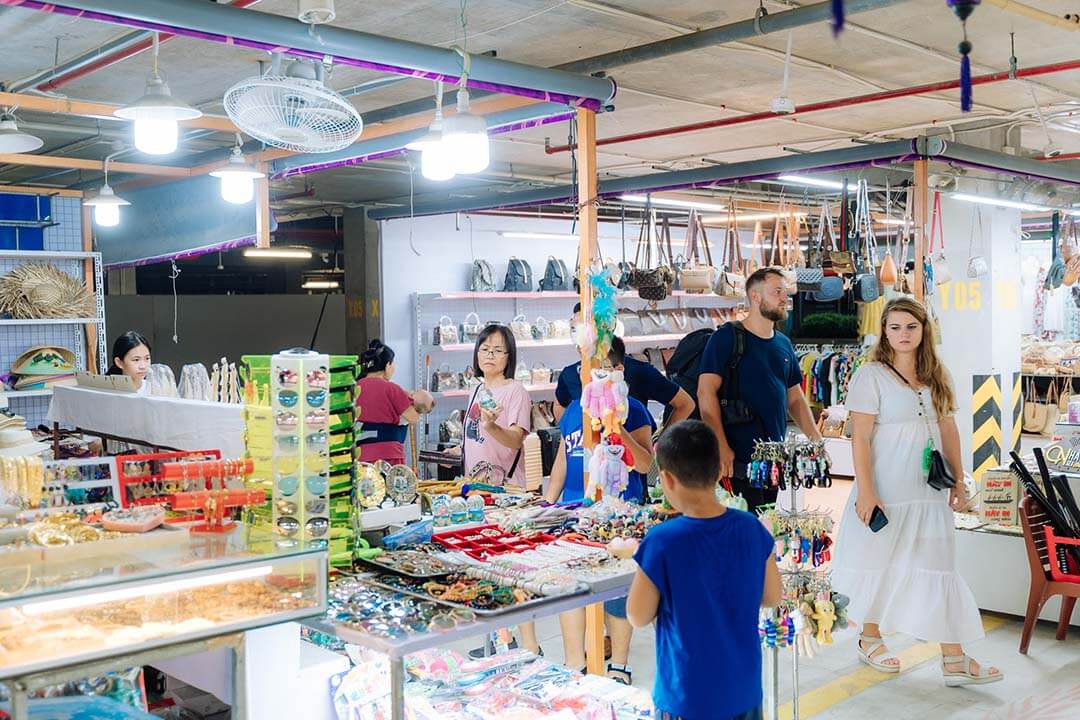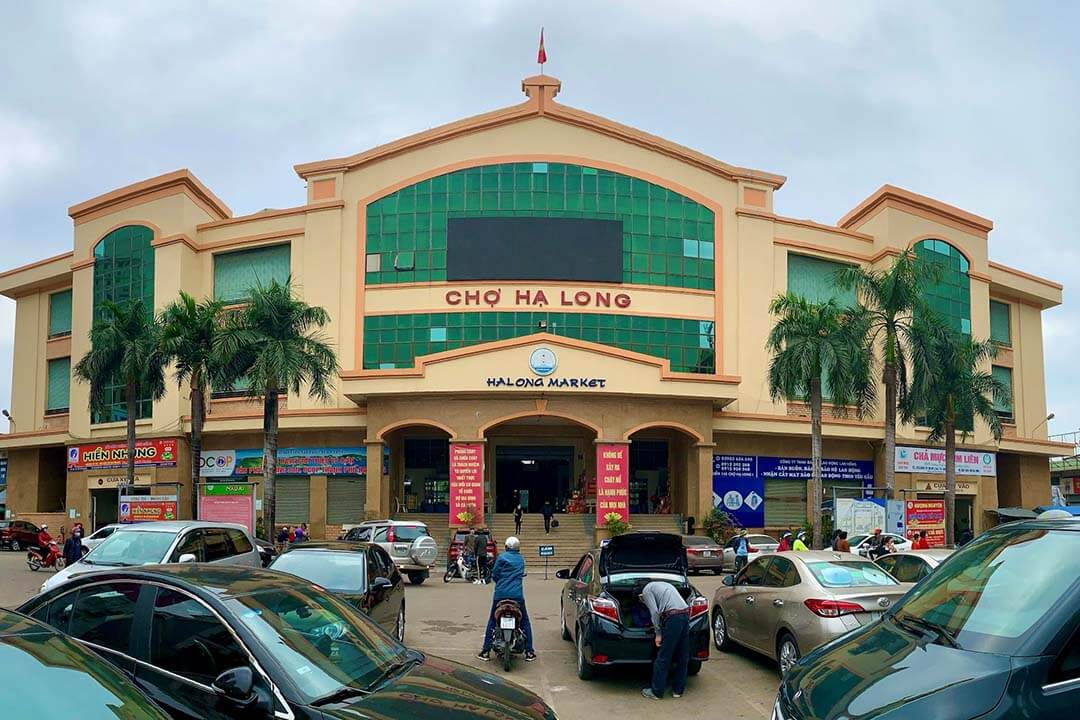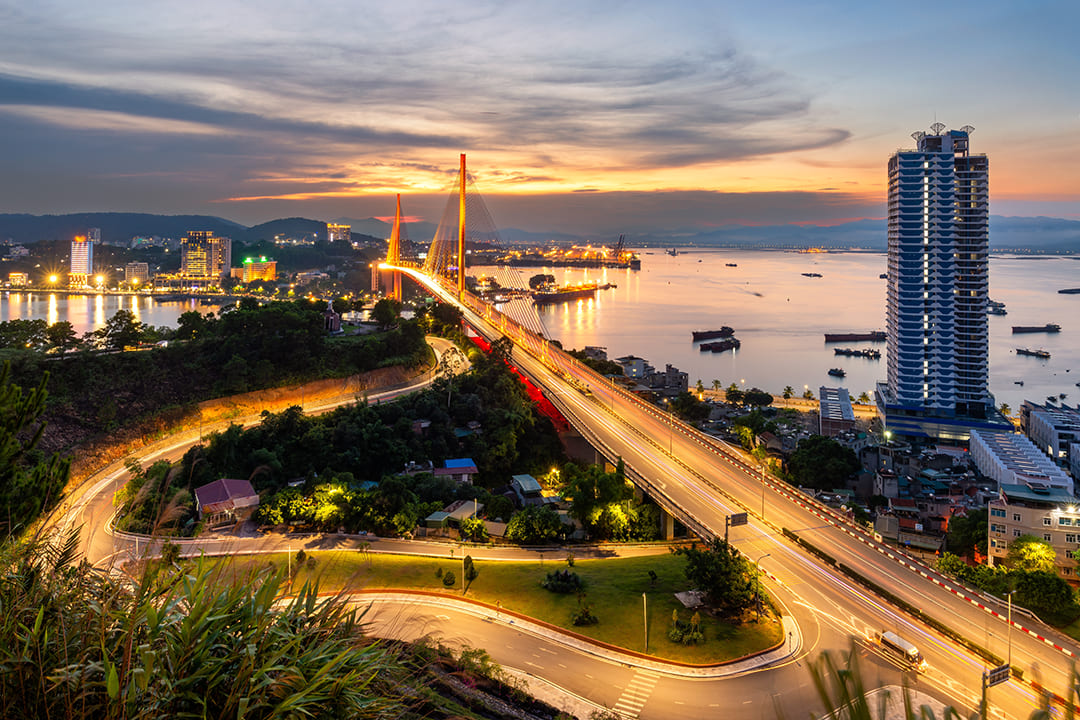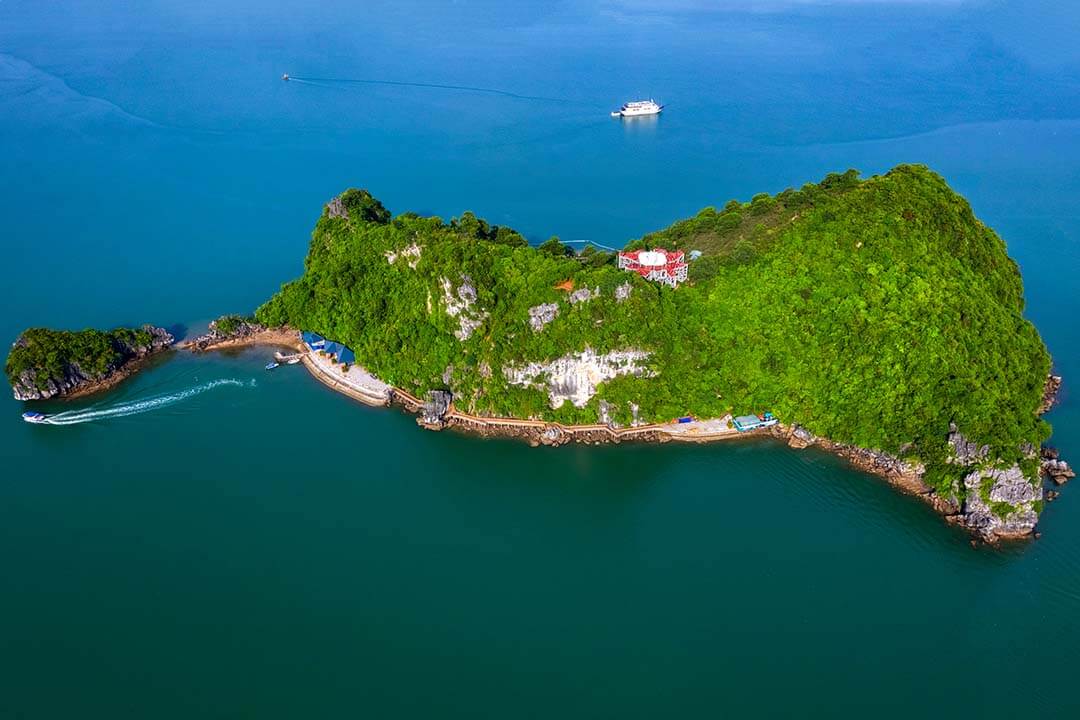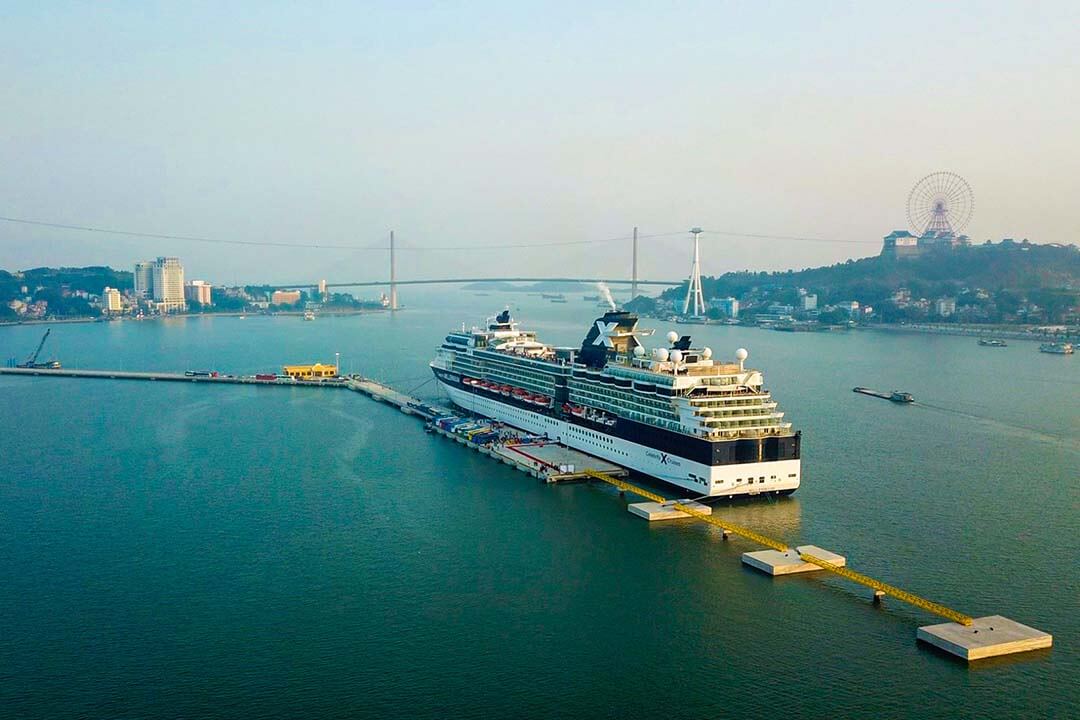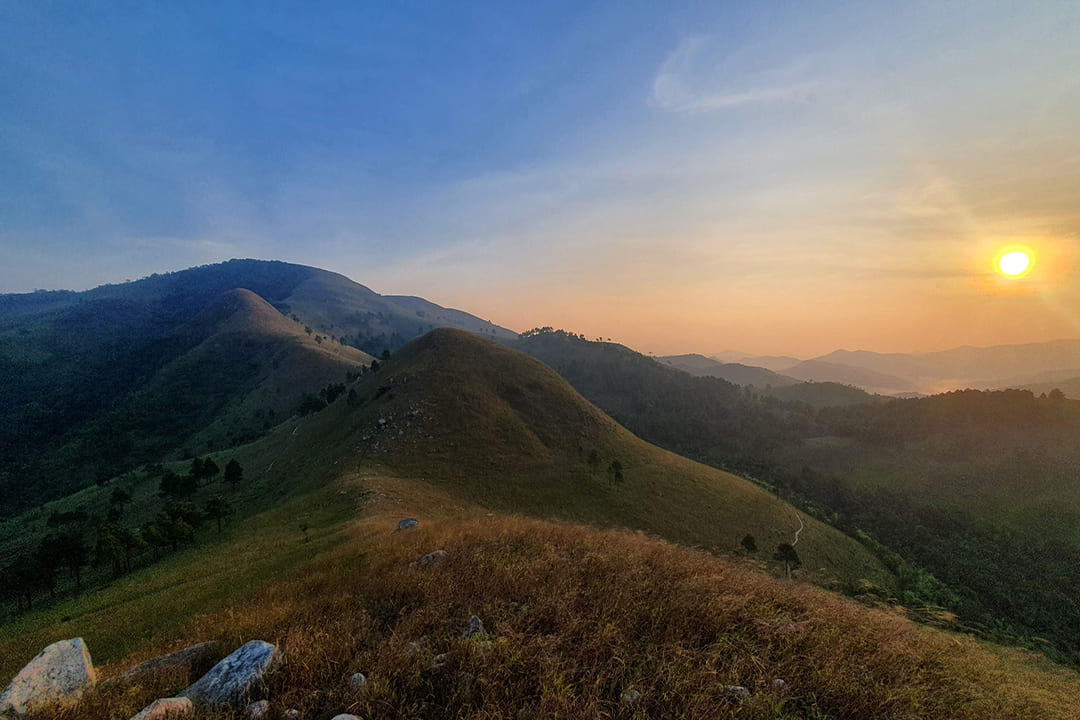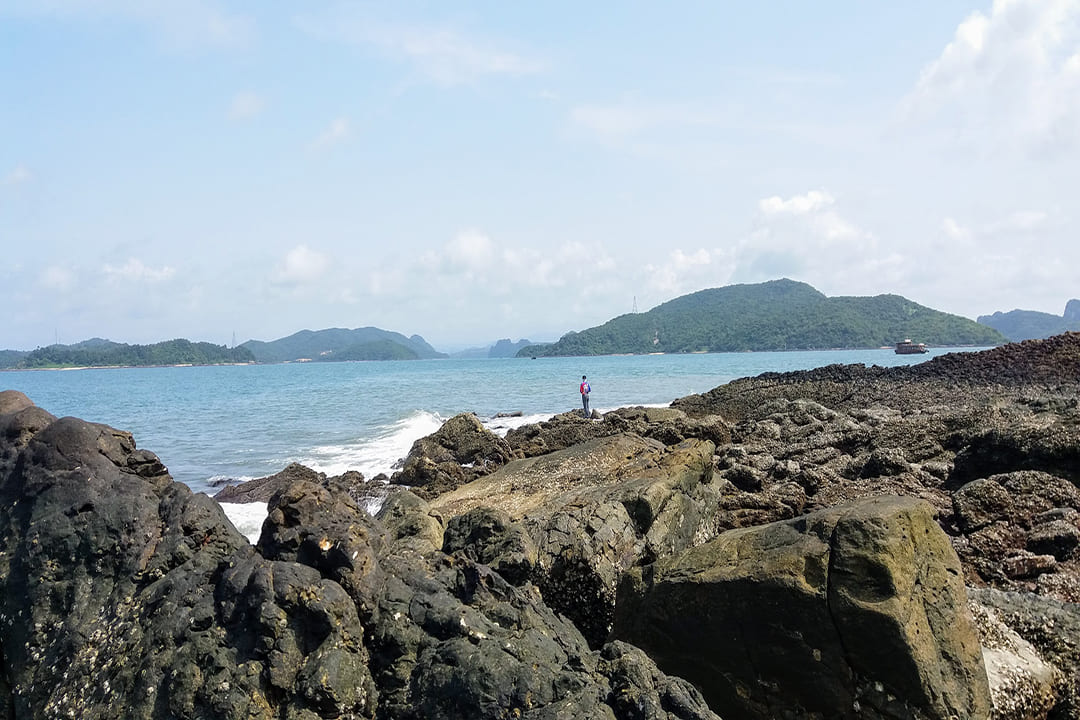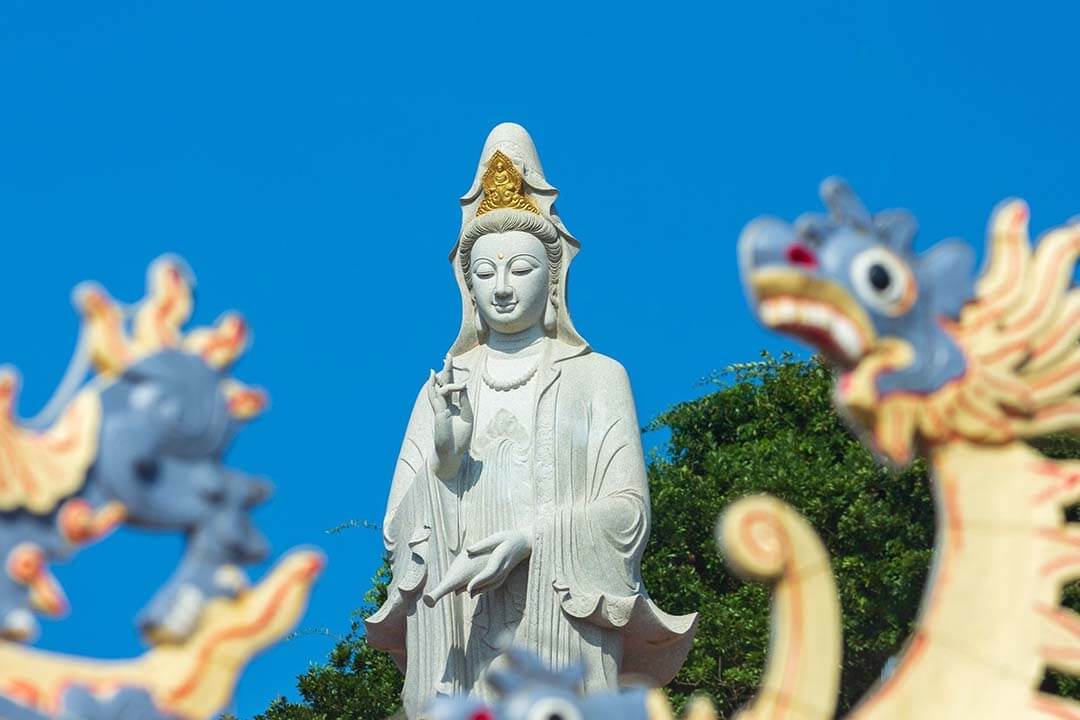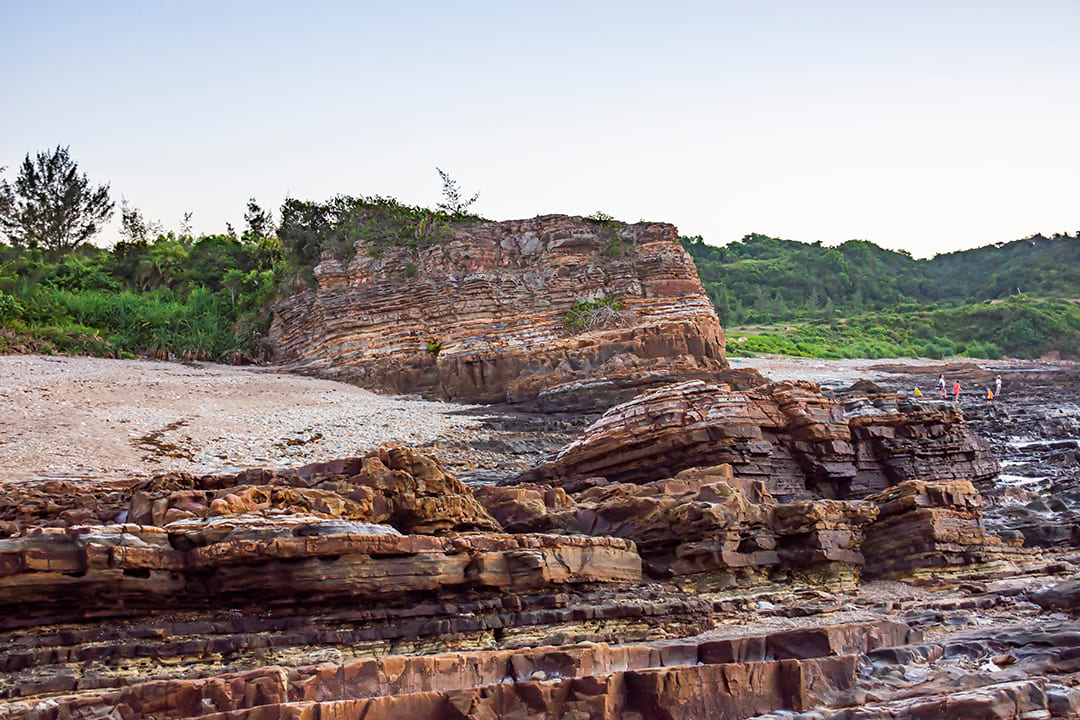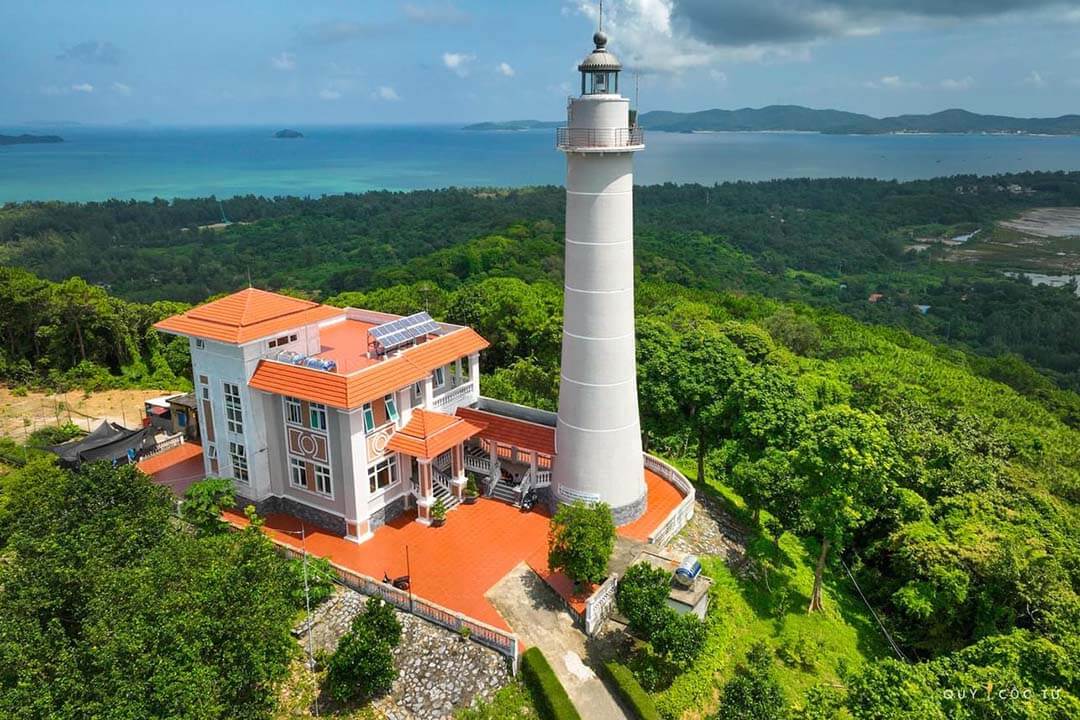Jan - 23 - 2025
Dong Pagoda, located at an altitude of 1,068 meters on Yen Tu Mountain in Quang Ninh, is one of the most unique and significant Buddhist sites in Vietnam. Known as the Bronze Pagoda, it was constructed entirely from copper, symbolizing harmony between cosmic forces and bringing luck, health, and spiritual enlightenment. Dong Yen Tu Pagoda, Vietnam's largest and highest copper pagoda, boasts a lotus-inspired design and remarkable cultural significance.
With a breathtaking location and rich history, this is a must-see destination for pilgrims and tourists that GTrip would like to recommend to those who want to find luck in sacred places. Tourists can explore its fascinating history, discover its unique features, and learn about the best time to visit. Dong Pagoda offers unforgettable activities and cultural insights for everyone seeking spiritual experiences or planning a meaningful journey.
Travelers can find a well-rounded travel guide here, filled with useful tips, seasonal advice, and information on nearby attractions. Dong Pagoda stands as a symbol of Vietnam’s cultural heritage. Do not forget to plan your visit to this iconic destination and experience the serene beauty of Yen Tu Mountain after reading this article.
History of Dong Pagoda in Yen Tu
Dong Pagoda traces its origins to the Le Dynasty, a period that marked a significant development in Vietnamese culture and religious architecture. The pagoda was constructed as part of a broader effort to establish Yen Tu Mountain as a prominent Buddhist site. The use of bronze in its construction reflects the advanced craftsmanship of the era and symbolizes strength, purity, and spiritual enlightenment. By tracing the timeline of Dong Pagoda’s history, travelers can better understand its cultural and spiritual importance. The pagoda stands as a place of worship and also as a testament to the resilience and devotion of generations who contributed to its preservation.
The history of Dong Pagoda is deeply connected to King Tran Nhan Tong, a revered figure in Vietnamese Buddhism. After abdicating his throne in the late 13th century, the king devoted his life to spreading Buddhist teachings and founded the Truc Lam Zen sect. Yen Tu Mountain became the center of this spiritual movement, and Dong Pagoda played a vital role in preserving and promoting the sect’s practices. As a cultural and religious landmark, the pagoda embodies the values of harmony and mindfulness central to Truc Lam Zen Buddhism. Pilgrims visiting Dong Pagoda can uncover its ties to this historical period and explore its role in shaping Vietnam’s Buddhist heritage.
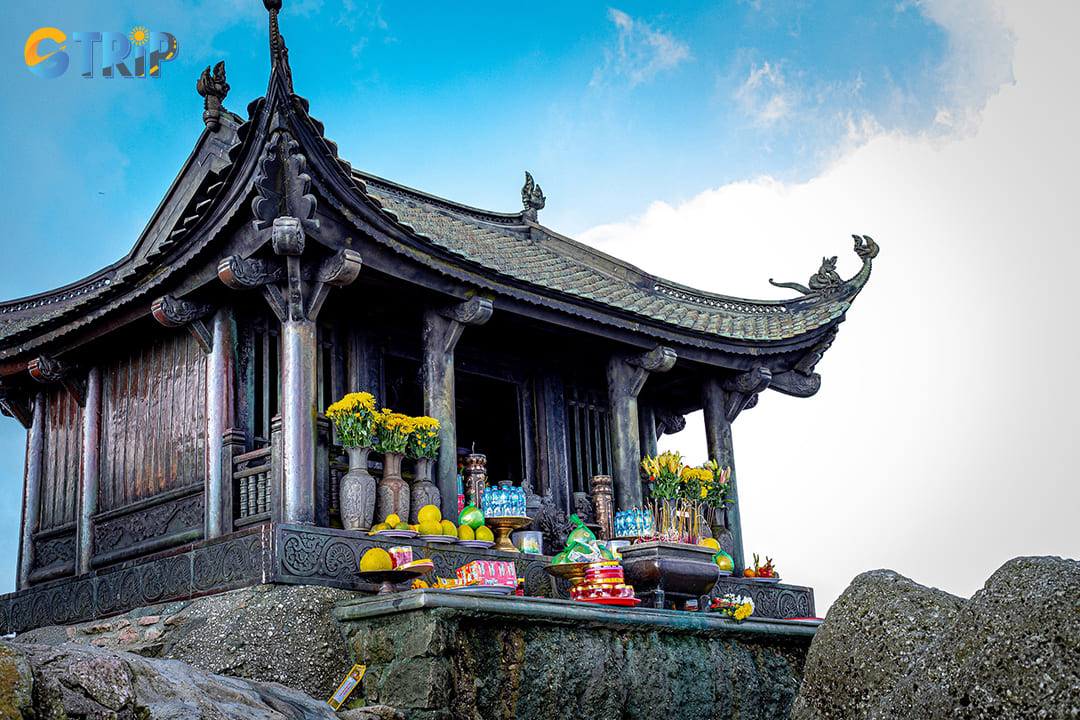
Dong Pagoda traces its origins to the Le Dynasty
Over the centuries, Dong Pagoda has undergone numerous renovations to maintain its structure and significance. The first major restoration occurred during the 17th century under the Le Dynasty. This renovation aimed to preserve the pagoda’s cultural and spiritual importance while ensuring it could withstand the mountain’s harsh weather conditions. In the modern era, significant efforts were made in the early 2000s to rebuild the pagoda using advanced techniques and materials. This reconstruction ensured that the pagoda retained its historical authenticity while meeting contemporary preservation standards. Today, you can explore the meticulously restored structure and appreciate its enduring legacy.
Unique structure of Dong Pagoda
Built with copper, Dong Pagoda is the largest and highest copper pagoda in Vietnam and one of the most unique in the world. The design is inspired by a lotus flower, a powerful Buddhist symbol, and features intricately crafted rock petals and dragon-head adorned roofs in the Tran dynasty style. This lotus-inspired architecture highlights the harmony between spiritual beliefs and Vietnamese craftsmanship.
The pagoda spans over 20 square meters, weighs 70 tons, and measures 4.6 meters in length, 3.6 meters in width, and 3.35 meters in height from the foundation to the roof. Its construction showcases remarkable engineering, with each tile weighing approximately 4 kilograms and the four main columns weighing 1 ton each. This use of bronze ensures durability against the mountain’s harsh weather conditions.
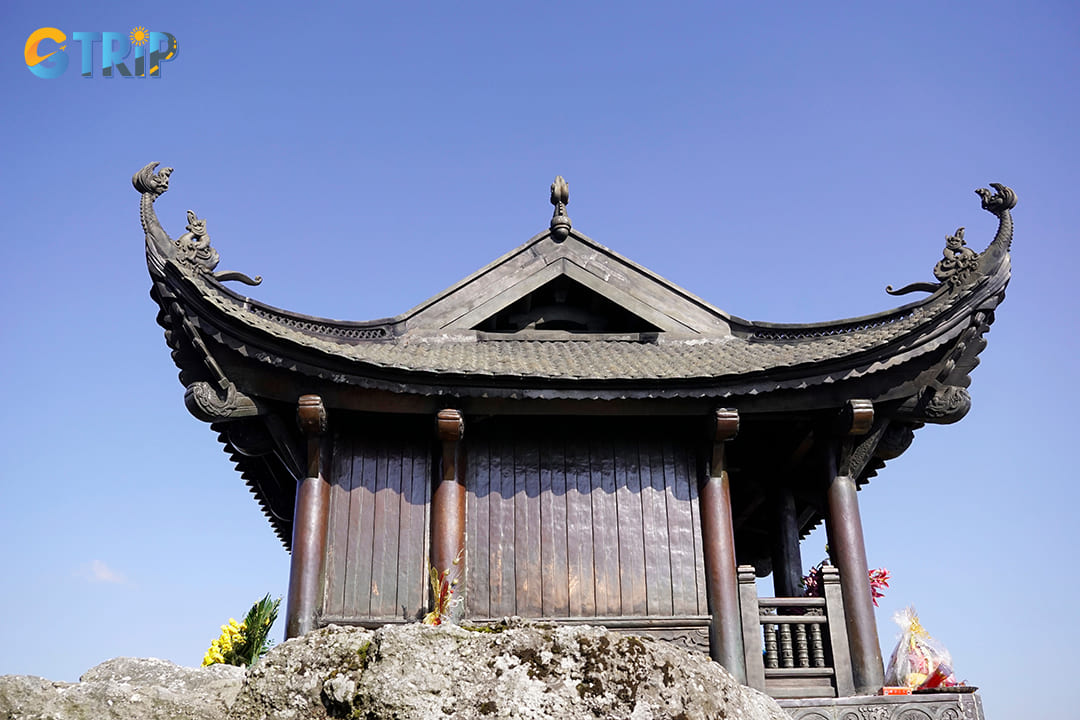
Built with copper, Dong Pagoda is the largest and highest copper pagoda in Vietnam
The pagoda’s square structure includes four roofs, each adorned with tiles shaped like brocade shoes. The ridge remains undecorated, while the two ends of the ridge and the four roof corners feature intricate dragon head designs. These elements reflect the artistic styles of the Tran dynasty, adding historical depth to its visual appeal.
Inside Dong Pagoda are four Buddha statues: one of Shakyamuni Buddha and three representing the Tam Patriarch Truc Lam. Each statue, measuring 0.45 - 0.87m, is seated on a lotus. Shakyamuni Buddha wears a kasaya and is depicted in the lotus position. The First Patriarch, Tran Nhan Tong, also dressed in a kasaya, sits with hands resting on his thighs and eyes lowered in deep reflection. The Second Patriarch, Phap Loa, and the Third Patriarch, Huyen Quang, both wear kasayas and are seated in the lotus position. Their hands form the "Dhyana Mudra," symbolizing meditation and enlightenment.
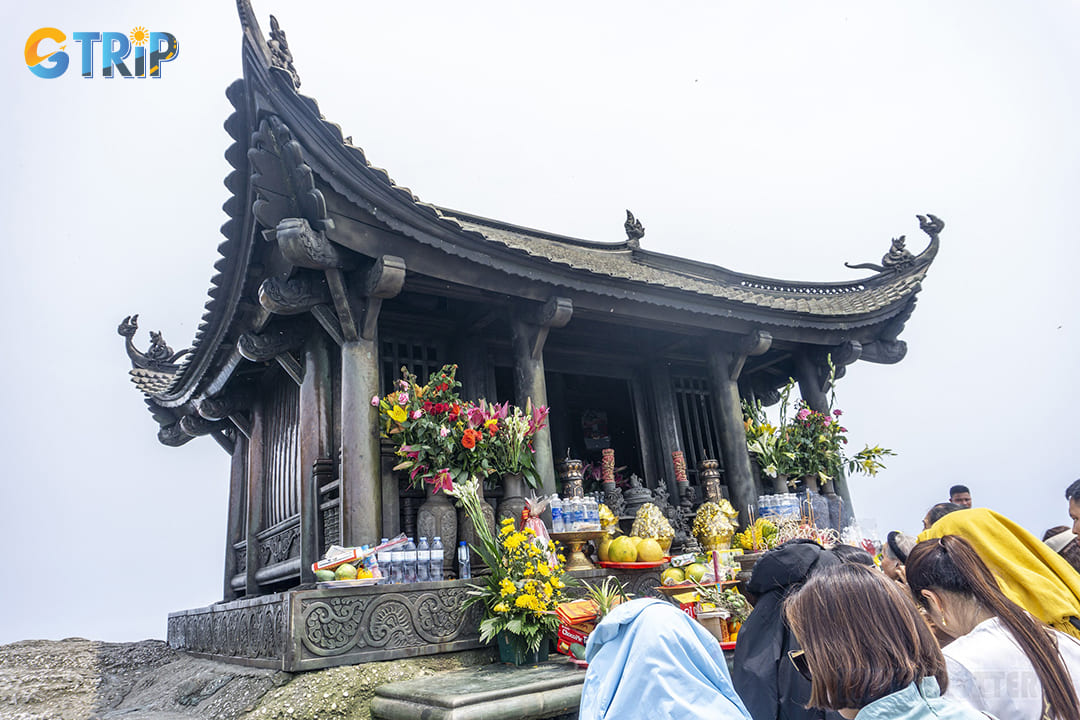
Inside Dong Pagoda, there is a system of Buddha statues
Dong Pagoda is home to several unique artifacts that enhance its spiritual significance. A notable feature is the "khanh dong", a traditional percussion instrument often touched for blessings. Additionally, a massive 36-ton bronze bell stands as a centerpiece, believed to bring good luck when touched by tourists. The surrounding area includes other key structures such as stone steps, railings, a ceremonial yard, and a merit recording house. These features were refurbished and expanded to accommodate the growing number of people drawn to this architectural and spiritual landmark. Exploring these elements allows you to admire the meticulous craftsmanship and immerse yourself in the serene atmosphere of this cultural treasure.
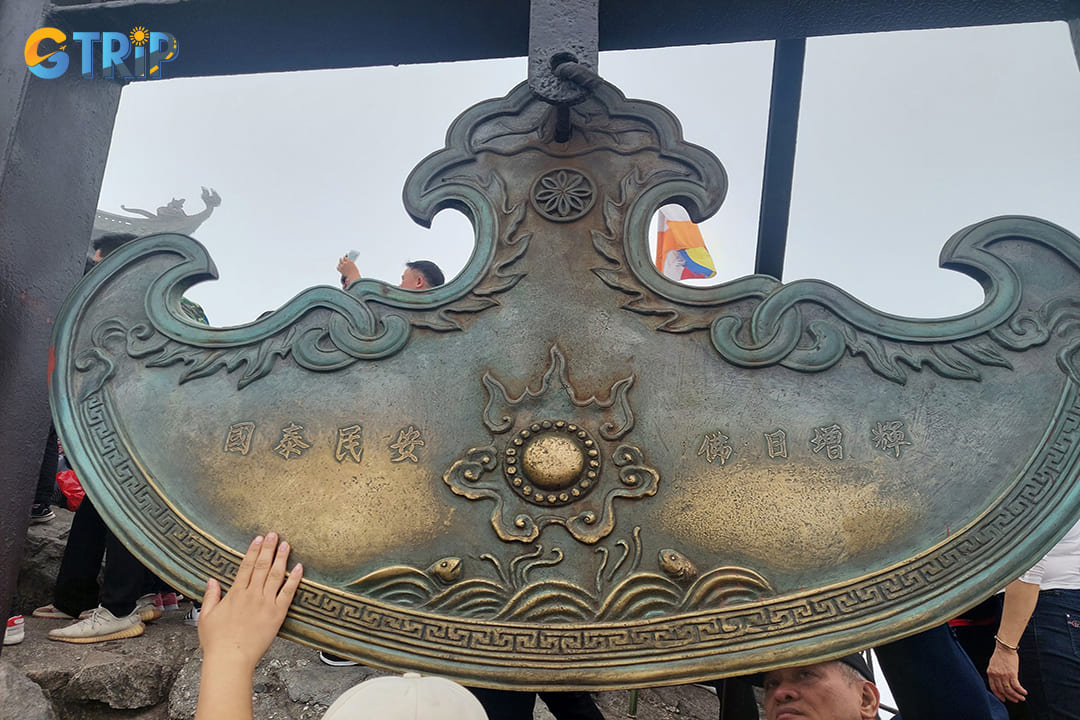
The "khanh dong" is a traditional percussion instrument often touched for blessings
When is the best time to visit Dong Pagoda?
The best time to visit Dong Pagoda is typically during the spring months, from January to March, especially around the Lunar New Year and the Yen Tu Festival. This period is ideal because the weather is mild and cool, making the climb more comfortable. Additionally, the festival atmosphere adds a spiritual and cultural experience to the visit, with many pilgrims coming to pay respects and pray for good fortune. However, if you prefer a quieter visit with fewer crowds, you might want to consider visiting during the autumn months. From September to November, the weather is still pleasant but without the festival crowds. The scenic beauty of Yen Tu Mountain during this season is also a highlight, with the surrounding nature becoming more vibrant.
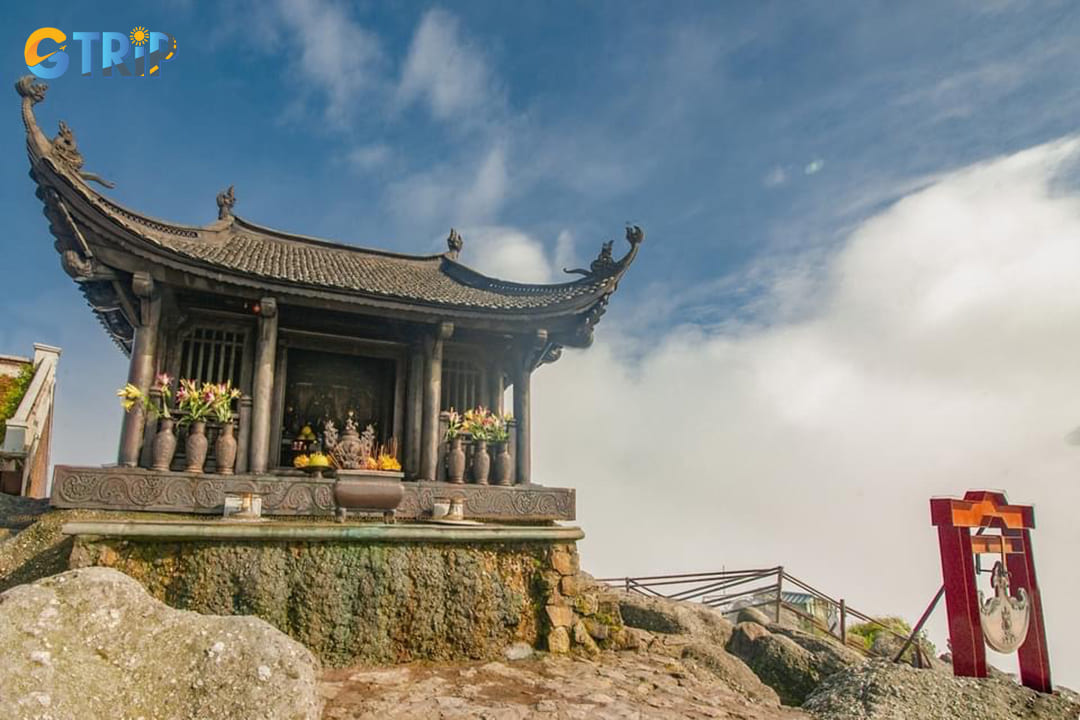
The best time to visit Dong Pagoda is typically during the spring months
It is advisable to avoid the summer months (June to August) as it can be hot and humid, making the climb to Dong Pagoda more challenging. The rainy season during this time also increases the difficulty and risk of trekking due to slippery paths and reduced visibility. By choosing the right time to visit, travelers can ensure a more enjoyable and meaningful experience at this iconic site.
How to reach Dong Pagoda?
Previously, to reach Dong Pagoda, people had to climb thousands of stone steps and cross a 6km long mountain road, a challenging journey to reach the top of Yen Tu. However, in recent years, the Yen Tu Scenic Area Management Board has allowed the construction of a cable car line, making it easier for tourists to get to Dong Pagoda. Travelers can choose between hiking or taking the cable car:
- Hiking
This journey takes about 5 hours and begins at Highway 18. The route passes through outer pagodas to the center of Yen Tu, then continues along Giai Oan Stream, To Tower, Mot Mai Pagoda, Van Tieu Pagoda, and the Tran Nhan Tong Buddha Statue. The hike is physically demanding but offers a deep connection to nature and the historical landmarks along the way.
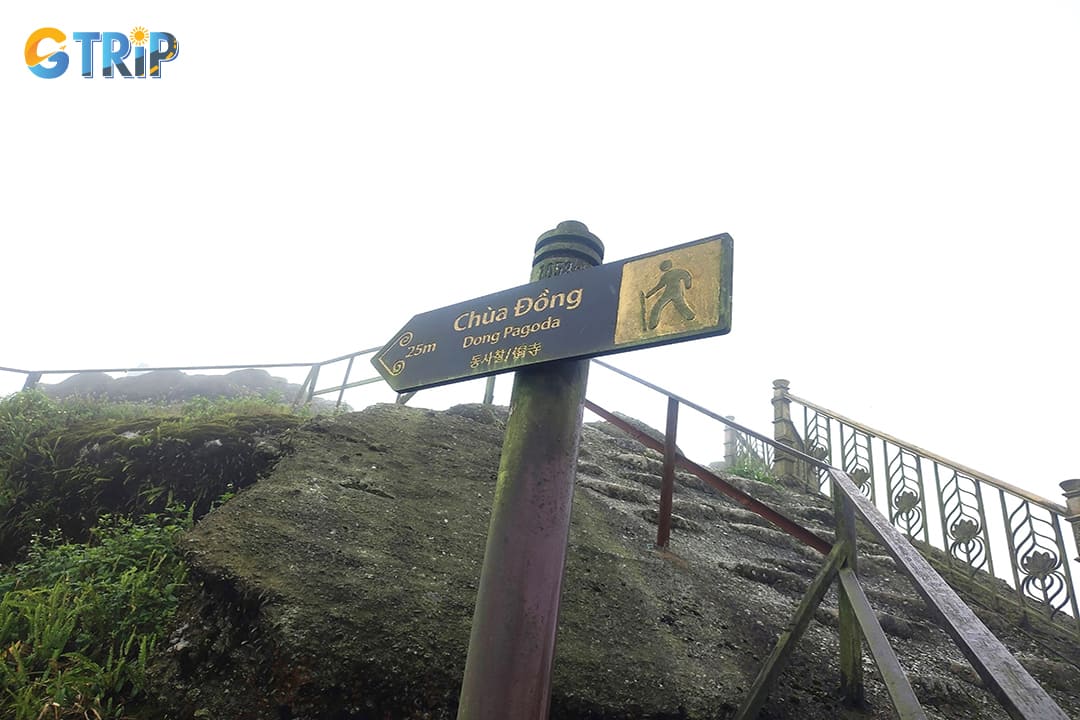
The hiking journey to Dong Pagoda takes about 5 hours
- Cable car
The cable car system includes two sections, covering a total of 2 kilometers. Round-trip tickets cost approximately 350,000 VND per person, while one-way tickets for each section cost 200,000 VND per person. From the cable car, passengers can admire the ancient pine trees, some over 700 years old, and the lush bamboo groves.
From the cable car, you can see the Yen Tu Forest, which has ancient pine trees up to 700 years old that provide shade over a broad area. There will also be bamboo shoots growing, sometimes nearly reaching the cable car. After exiting the cable car station, you will walk a little distance to see the beautiful majesty of Yen Tu holy mountain. Even with a cable car, the route to Dong Pagoda is still a long, rugged walk through the old forest with hundreds of jagged stone steps.
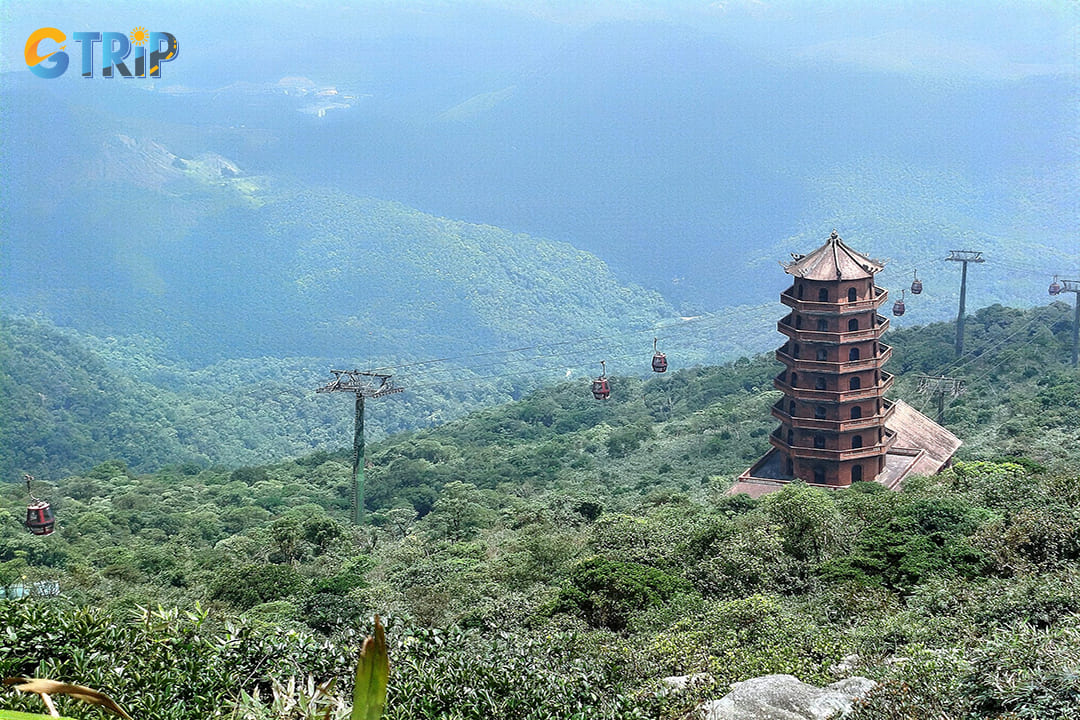
From the cable car, you can see the Yen Tu Forest
Notes when visiting Dong Pagoda
Dong Pagoda offers a harmonious blend of natural beauty, architectural splendor, and spiritual depth. Remember these tips to have an enjoyable visit to this pagoda.
- Prepare for good health: The journey is steep and long, so physical readiness is essential, especially if hiking.
- Comfortable and respectful attire: You should wear sturdy shoes and discreet clothing suitable for a sacred site. In addition, bring a walking stick or gloves for added support.
- Weather check: You should always check the weather forecast and bring warm clothing as temperatures drop at higher altitudes, especially in spring and winter.
- Bring water and snacks: You should carry essentials to stay energized during the trek.
- Keep the environment clean: Respecting nature and maintaining cleanliness throughout your visit is very important.
- Use the cable car efficiently: Remember to book tickets in advance to avoid delays. You should be prepared for a short walk from the cable car station to the pagoda.
- Respect customs and beliefs: You should maintain a solemn attitude, avoid noise, and participate respectfully in rituals.

